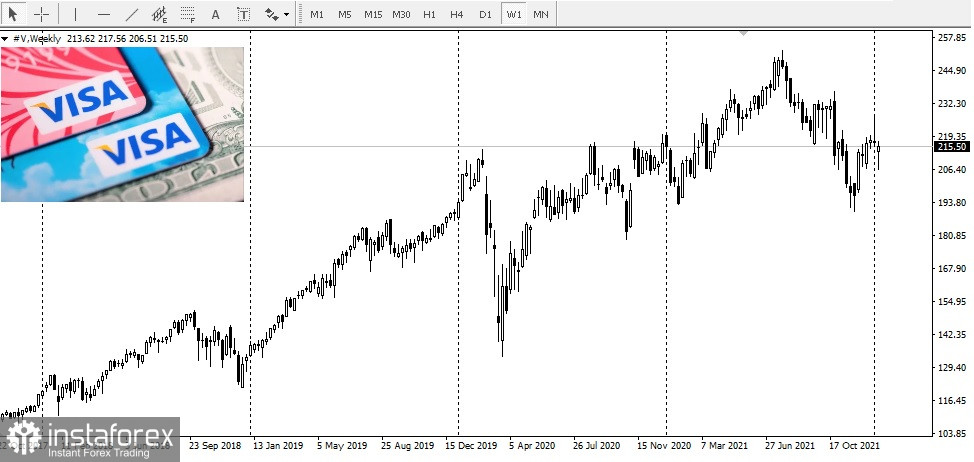
Visa has announced that it will expand its crypto services one step further by partnering with blockchain software company Consensys to build an on-ramp for central bank digital currencies (CBDC).
 The payments giant aims to create conditions before spring so that central banks can experiment with distributing the technology after minting on Consensys' Quorum protocol.
The payments giant aims to create conditions before spring so that central banks can experiment with distributing the technology after minting on Consensys' Quorum protocol.
The partnership is the latest development in the fast-growing cryptocurrency market, with central banks vying to issue their own digital coins and established financial companies dabbling in crypto payments.
The partnership uses a "two-tier" distribution model for CBDCs. Central banks would design their digital currency on Consensys' Quorum where they would set its monetary and governance rules. They then use Visa's infrastructure to distribute the currency via financial intermediaries like commercial banks.
Eswar Prasad, author of The Future of Money and professor of trade policy at Cornell University, explained some of the benefits of the Visa-Consensys model. It does not exclude payment providers and could create competition for those who can provide the most efficient and low-cost services. In his view, central banks will likely prefer to manage the payment infrastructure themselves.
Visa has been involved in crypto-related products since 2019, using its payment network to buy cryptocurrency and convert it back into fiat currency.
Visa already settles transactions in one stablecoin, and more recently launched a cryptocurrency consulting service that caters to banks exploring their own cryptocurrency plans.
The number of countries exploring CBDC has more than doubled in the past year and a half. According to the Atlantic Council's CBDC tracker, 87 different countries, which represent 90% of global gross domestic product, are expanding financial technology in one way or another.
However, progress and goals within this group have been uneven. Nine central banks, including Nigeria, the Bahamas and seven other Caribbean countries, have launched CBDC. Meanwhile, China is ready to introduce its digital yuan to foreign visitors next month during the 2022 Winter Olympics.
Meanwhile, major central banks such as the Fed are not going to issue a digital coin anytime soon. During a reconfirmation hearing earlier this week, Fed Chair Jerome Powell said that a Fed's long-awaited document on CBDC would be released in the coming weeks. However, he gave no firm timetable beyond that.
A top executive at eCurrency, a company that has been advising the US Treasury and the Federal Reserve on CBDCs for more than a decade, said Congress must give approval before the Fed and US Treasury can issue a central bank-backed token.
The use case for any CBDBs is wide ranging. However, based on conversations with central banks, Visa's CBDC lead Catherine Gu mentioned two main reasons.
First, developing countries could use this technology to provide greater financial access to unbanked population.
Secondly, CBDCs provide developed countries a more efficient distribution of stimulus relief in more targeted ways to juice an economy, like giving the money an expiration date, or permitting it only to be used in certain transactions.
However, there is an obstacle related to user adoption and acceptance of CBDC. This depends on the power the technology would potentially grant to central banks and whether that poses a challenge to the primacy of fiat units like the US dollar, the world's dominant reserve currency.
While CBDCs may provide new monetary policy tools, it is unclear how restrictions will be set in democratic societies and how they will be integrated into the existing financial system.




















